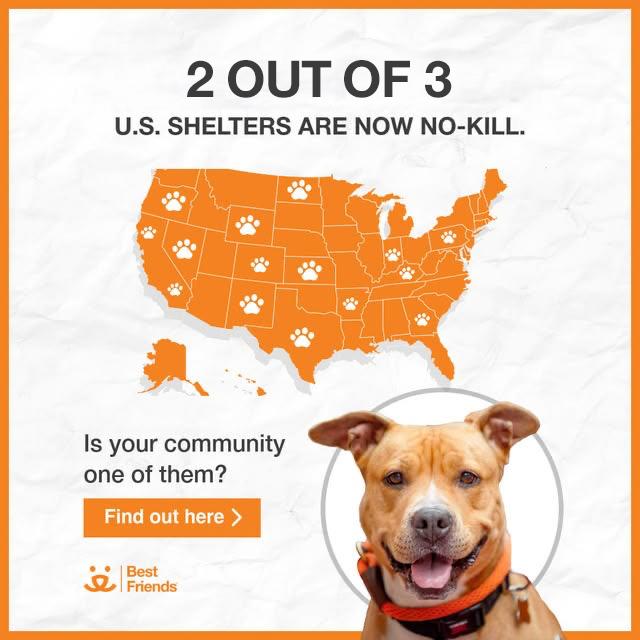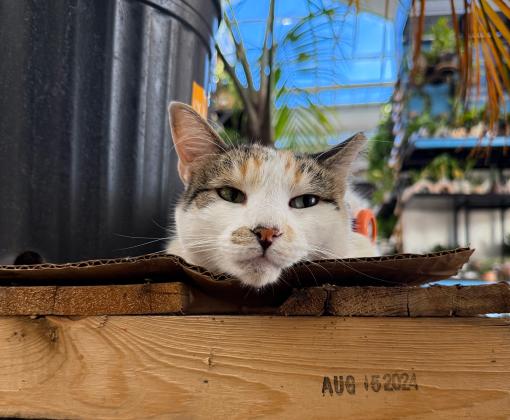
Pet Profiles: How to Write a Pet Adoption Bio
Are you looking to rehome a pet or hoping to help your foster pet get adopted? One of the most effective ways to do that is to write a good pet profile and post it on sites like AdoptAPet.com and on social media. Here are some tips for writing a great adoption bio for dogs, cats, and other pets.
Get excited about finding the pet a home
Before you write anything, stop and remind yourself how much you want to help this animal find a good home. Readers of the profile will feel what you feel. So before you can make them want it to happen, you must want it to happen.
Find the right opening line
When you’re ready, write a show-stopping first sentence that tugs at the heartstrings. Don’t put the animal’s age, rank, and serial number (so to speak) in the first sentence. You can give readers the details about the animal’s medical status and breed mix later.
The opening sentence should be about who, not what, the pet is. For example, “You haven’t lived until you’ve had Sammy’s nose on your lap” is a better opening sentence than “Sammy is a 5-year-old shepherd/spaniel mix with hip dysplasia.”
Provide helpful details
Next, tell us more about who the pet is. For every challenge that you mention about the pet (for example, that a cat has diabetes and will need injections), make sure you’re saying something positive that will tempt someone to adopt.

See how your community is doing
Keep in mind that you are advertising the pet; it’s their big chance. In advertisements, we tell the truth, but we also put our best paw forward. Try to ensure that readers remember what’s good about the pet even more than the challenges. Some examples include:
- "She wraps her paw around my ankle."
- "He snuggles with my cat."
- "She sounds like Scooby Doo when she barks."
In addition, say what you’ve observed rather than what you promise for the future. For example, “He has gotten along well with all the dogs he’s met” is better than “He is great with all dogs — guaranteed.” Because we can’t predict the future, it's better to make objective statements about the past and present.
Try not to use abbreviations when you write. Instead, spell out words so that people can hear you speaking inside their heads as they read. This creates a better bond between you and the reader. Also, say the animal is looking for a new family, friend, or person — not an owner.
Close with encouragement
The last sentence is important, so you’ll want to write a good one. It’s your last chance to urge readers to take the next step. Make sure your words convey that you really want them to adopt this pet.
For example, “Please reach out because Eva is so eager to hear from you” is better than “Qualified adopters only.” You want to encourage readers to respond to the bio, not scold them.
Finally, read the whole profile carefully. Ask yourself, “Would this bio make me want to find out more?” If you’re not sure, then try again. Write with your heart!
